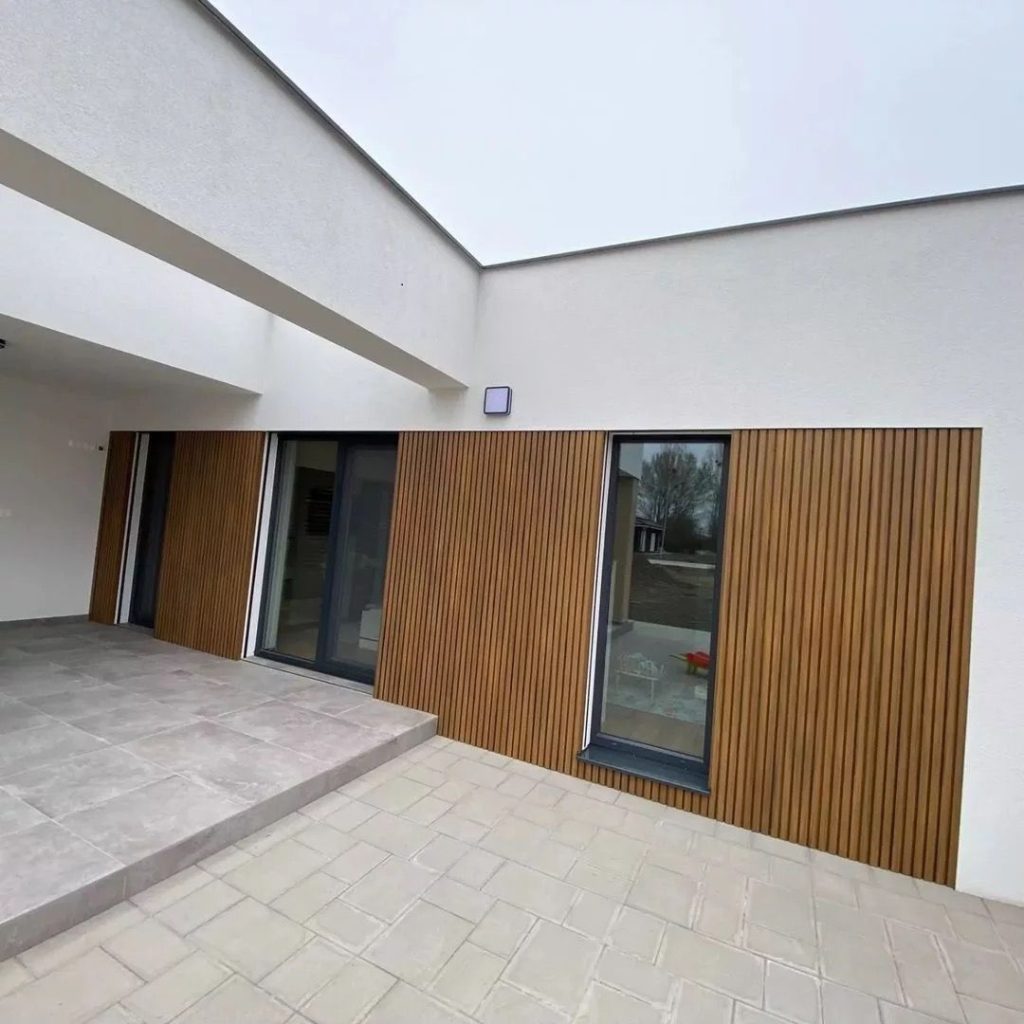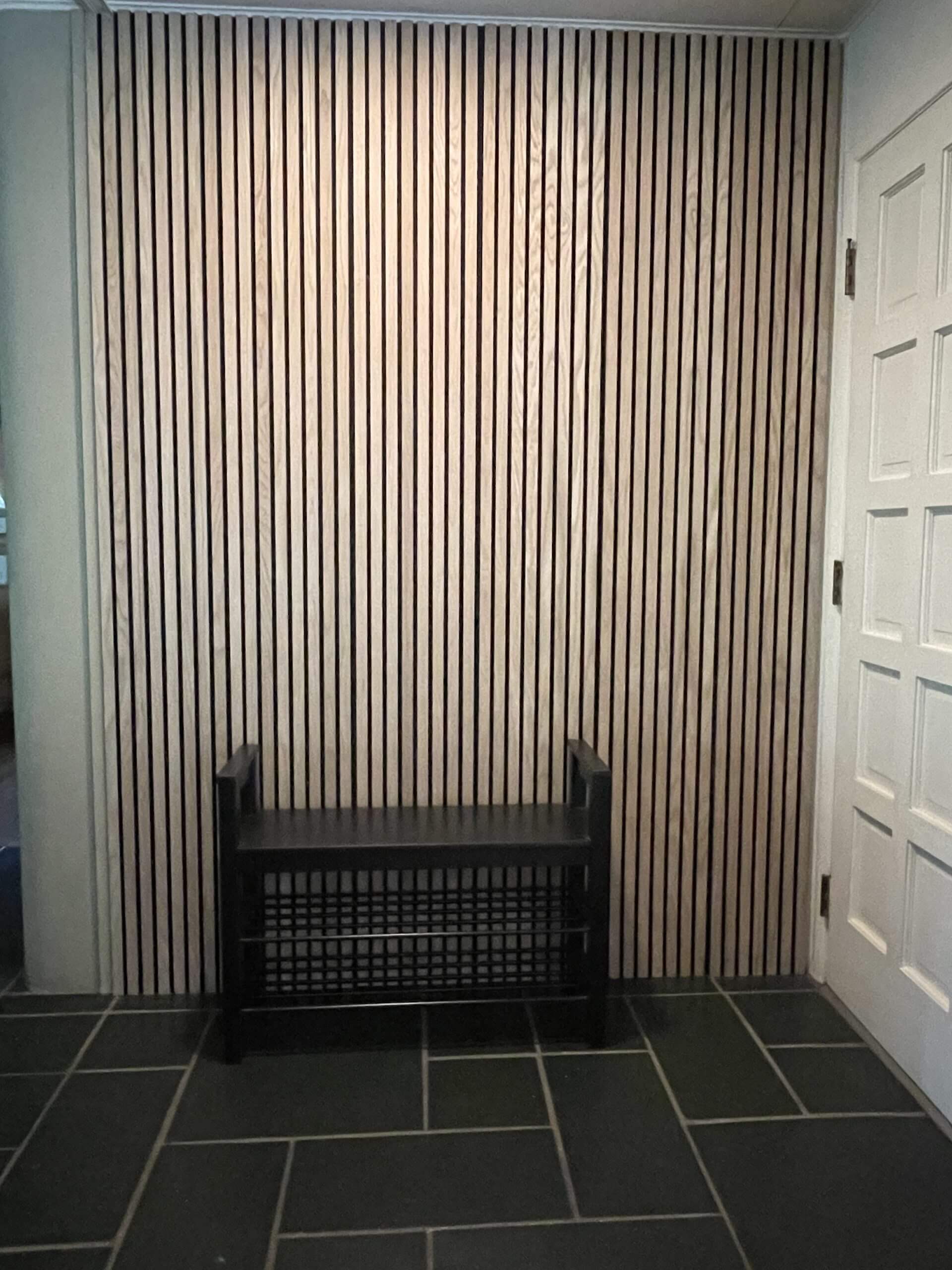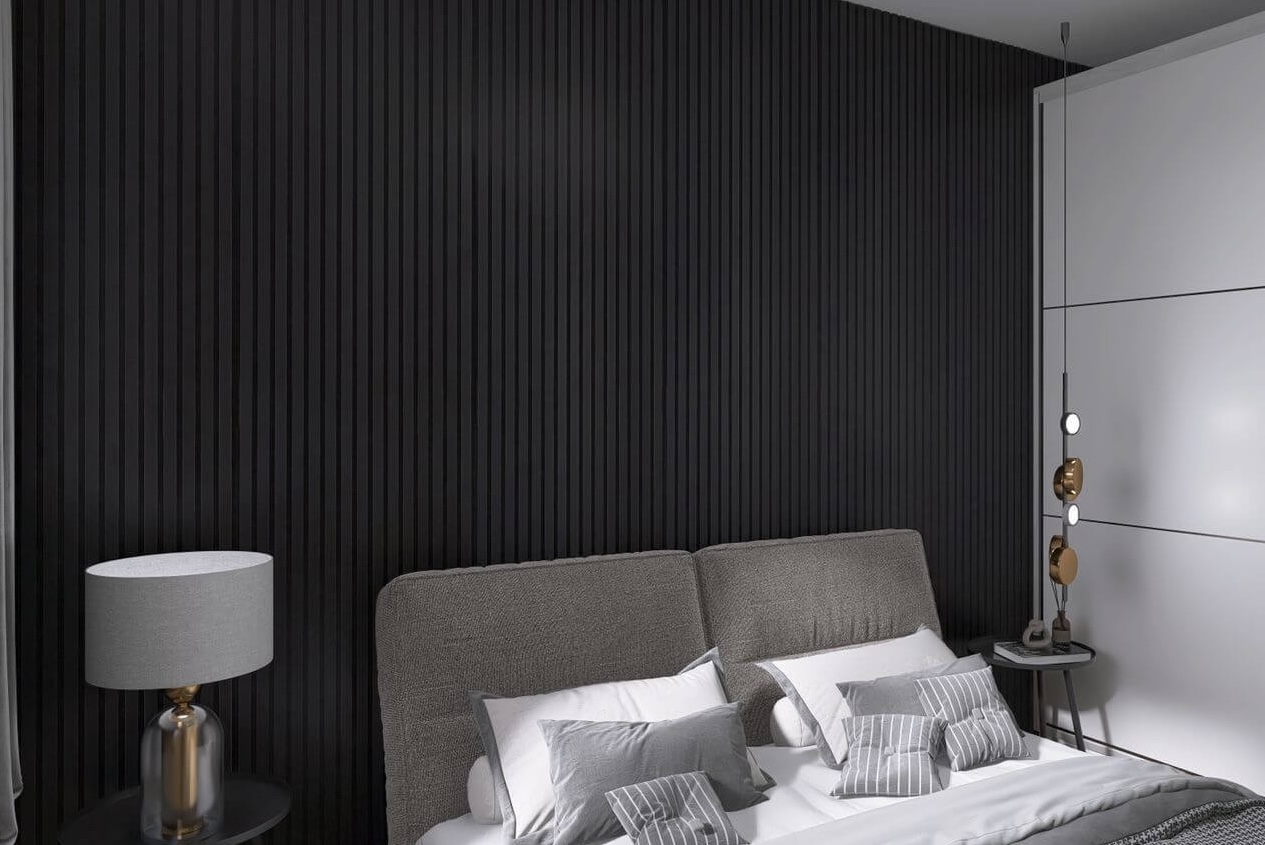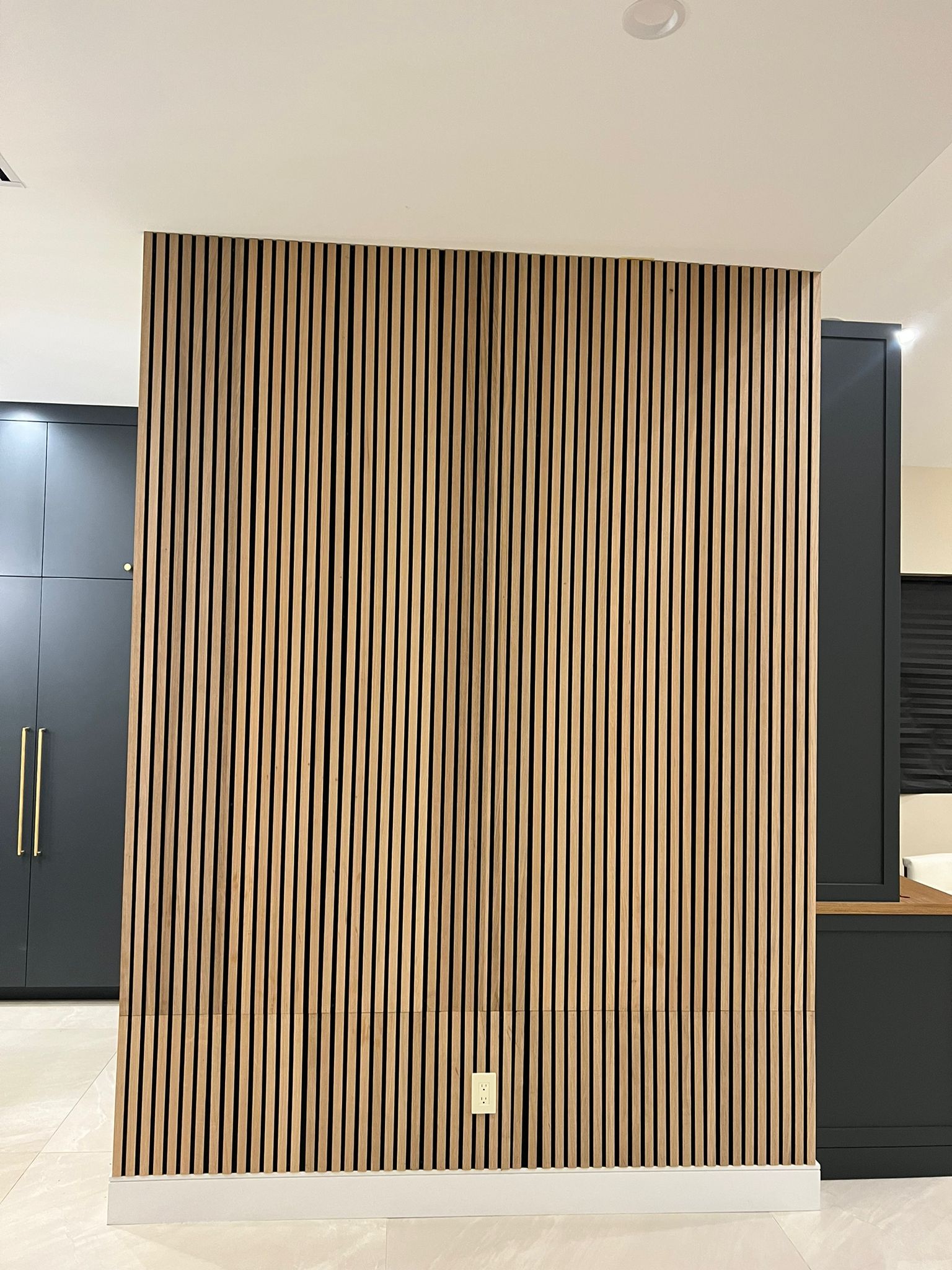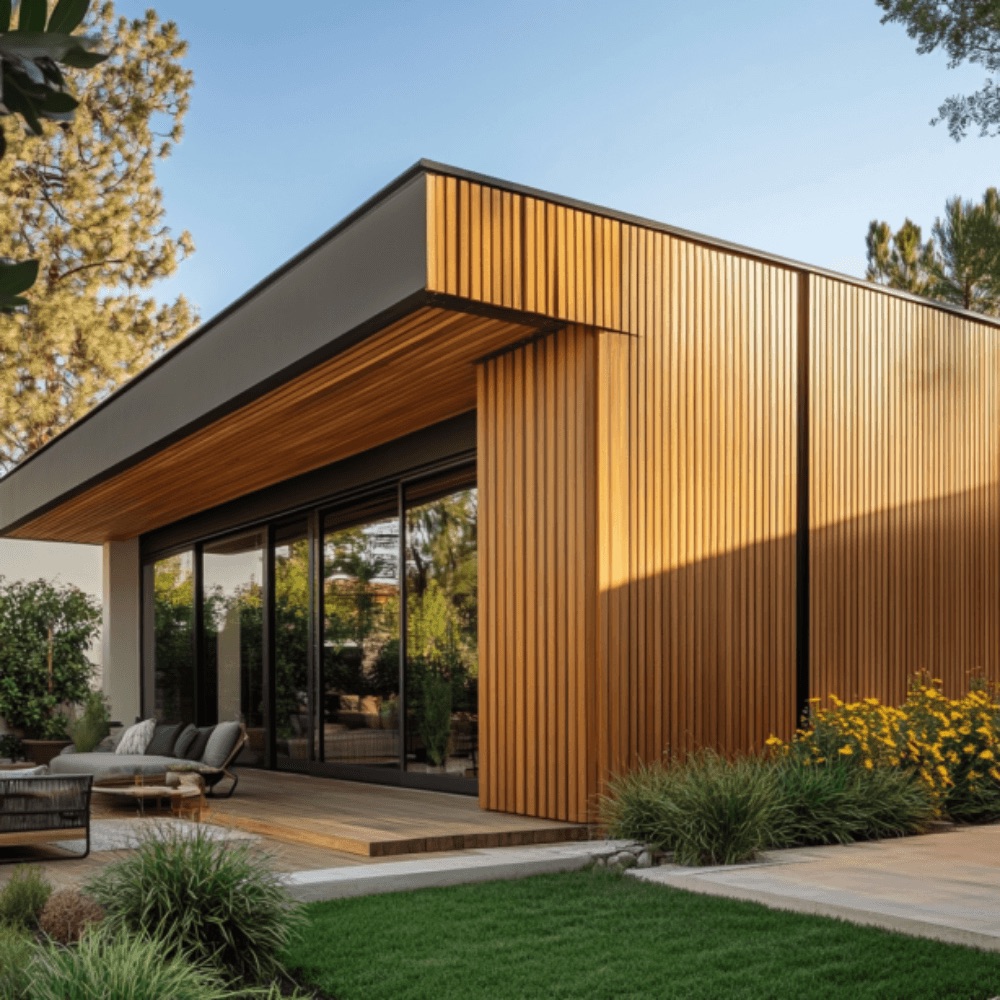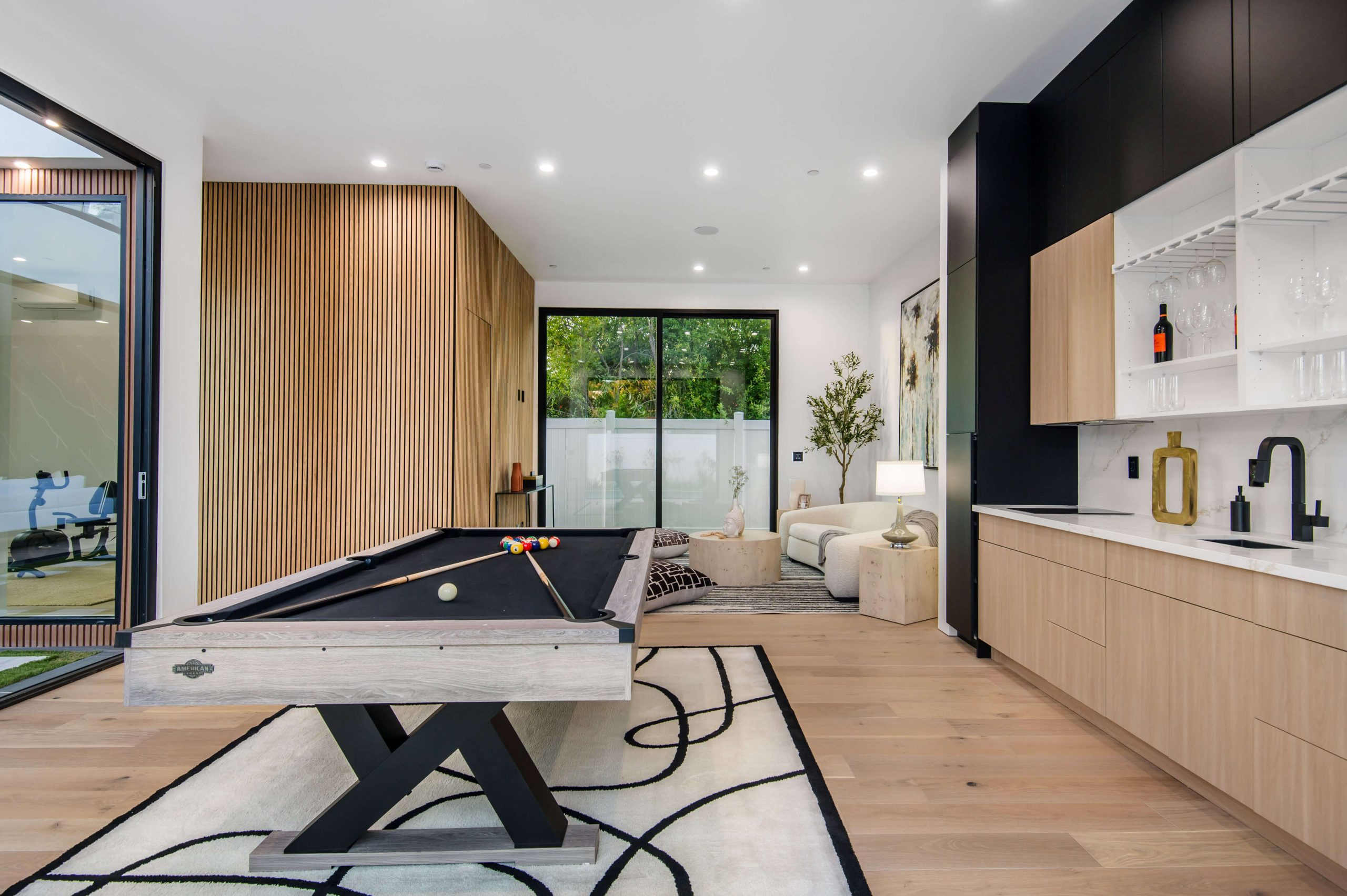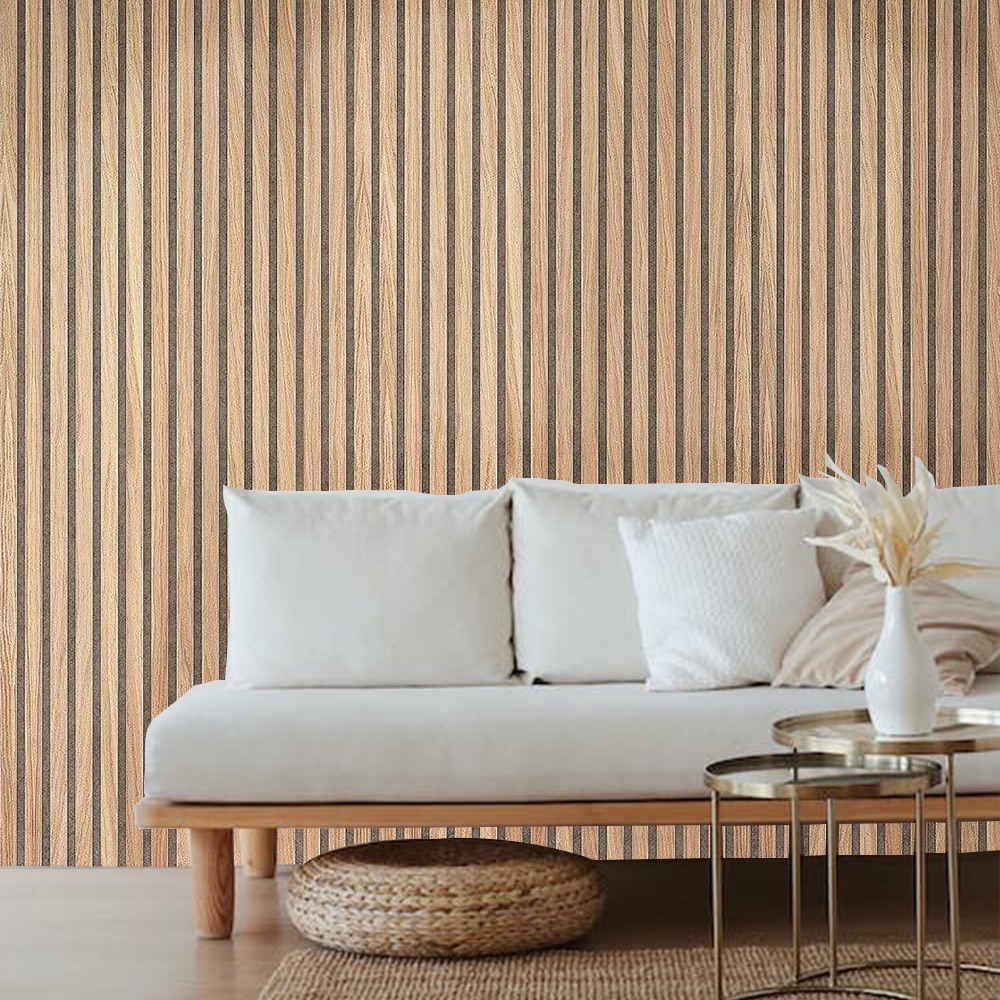Cladding exterior walls can significantly improve both the aesthetics and durability of your home or commercial building. But, if you’re on a budget, you might be wondering what the most affordable options are without compromising on quality. In this post, we’ll explore several cost-effective ways to clad exterior walls, highlighting durable materials and efficient solutions that will help you enhance your property without breaking the bank.
Why Clad Exterior Walls?
Cladding serves both practical and aesthetic purposes. It protects the underlying structure from weather damage, helps improve insulation, and can also increase the overall value of a property. Moreover, it adds a sleek, modern touch to any building’s exterior. However, the choice of material greatly influences the cost. Here are some budget-friendly ways to clad exterior walls without sacrificing quality or style.
1. Wood Panels for Natural Beauty
Primary Keyword: Clad Exterior Walls
Wood panels are one of the most popular materials for cladding exterior walls. Their natural, warm look brings a classic yet modern appeal to any building. But what makes them cost-effective? Pre-finished wood panels like those offered by Wood Panel Wall USA are often easier to install, saving both time and labor costs. Additionally, wood panels, particularly engineered wood or composite wood products, tend to be more affordable than natural timber.
- Why Choose Wood Panels?
- Wood is a renewable resource, making it an environmentally friendly choice.
- Engineered wood products offer greater durability and require less maintenance.
- Wood panels can easily be painted or stained to match your design preferences.
- Wood panels from brands like Wood Panel Wall USA are available in various sizes and colors, making customization easy.
How to Save: Wood panels can be a cost-effective choice if you opt for engineered or composite wood over solid timber. Using DIY installation kits can also save on labor costs.
2. Vinyl Cladding: Low Maintenance, High Value
Vinyl cladding is another budget-friendly option for cladding exterior walls. Known for its low maintenance and durability, vinyl has become a go-to material for homeowners seeking an affordable and long-lasting solution.
- Advantages of Vinyl Cladding:
- Resistant to moisture, insects, and rot.
- Available in a wide variety of styles, mimicking the look of wood, stone, or brick.
- Vinyl is incredibly lightweight, making it easier and cheaper to install.
How to Save: Vinyl cladding is cost-effective due to its relatively low material and installation costs. Moreover, since it requires minimal upkeep, you’ll save money on long-term maintenance.
3. Fiber Cement Siding: A Durable and Affordable Choice
Fiber cement siding is a versatile option for those who need to clad exterior walls on a budget. Made from a combination of cement, sand, and cellulose fibers, this material offers high durability at a reasonable price.
- Why Choose Fiber Cement?
- It’s resistant to fire, insects, and rot.
- Fiber cement can be painted, giving you flexibility in terms of design.
- It mimics the look of wood, stone, or stucco, providing aesthetic versatility.
How to Save: Fiber cement cladding is more affordable than natural stone or brick but offers a similar visual appeal. It’s also a long-lasting option, reducing the need for frequent repairs or replacements.
4. Metal Cladding: Industrial Look on a Budget
Metal cladding is not only for industrial buildings but is increasingly popular in residential applications due to its modern look and affordability. Aluminum and steel panels are the most commonly used options for cladding exterior walls.
- Advantages of Metal Cladding:
- Highly durable and weather-resistant.
- Low maintenance and resistance to mold, mildew, and pests.
- Reflective properties make it energy-efficient, helping reduce cooling costs.
How to Save: Choosing pre-painted metal panels can cut costs, and if you opt for aluminum, you’ll get a rust-free material with a long lifespan. DIY installation kits for metal cladding can further reduce expenses.
5. Brick Veneer: Affordable Alternative to Full Brick
Brick cladding can give your home a timeless and elegant look, but solid brick can be expensive. Brick veneer, however, is a more cost-effective alternative that mimics the appearance of solid brick walls without the heavy cost.
- Why Choose Brick Veneer?
- Offers the aesthetic of traditional brick at a fraction of the cost.
- Lightweight and easy to install compared to solid brick.
- Requires less structural support, saving on installation costs.
How to Save: Opt for faux brick veneer panels, which are even more affordable than real brick veneer yet still provide the same classic look.
How to Choose the Right Cladding Material
When you decide to clad exterior walls, consider the climate of your location, your budget, and the aesthetic you want to achieve. Wood, vinyl, metal, and fiber cement are all affordable, durable options that will transform your property. If sustainability is important to you, opt for materials like wood or fiber cement, which have smaller environmental footprints.
Frequently Asked Questions
1. What is the cheapest way to clad exterior walls?
The cheapest options include vinyl cladding and engineered wood panels. Both offer a cost-effective solution while providing durability and aesthetic appeal.
2. Can I install exterior cladding myself?
Yes, many cladding options, like vinyl and wood panels, come in easy-to-install kits suitable for DIY projects, helping you save on labor costs.
3. How do I maintain wood panel cladding?
Wood panel cladding from companies like Wood Panel Wall USA requires regular maintenance, including sealing and staining, to protect against weather damage. However, engineered wood options require less maintenance than solid wood.
4. How long does cladding last?
The lifespan of cladding depends on the material used. Vinyl can last up to 40 years, while wood and fiber cement cladding can last several decades with proper maintenance.
5. Can cladding improve insulation?
Yes, certain materials like fiber cement and wood panels improve the thermal insulation of your home, reducing energy costs in the long run.
Conclusion
Cladding exterior walls is a practical and cost-effective way to improve your home’s appearance and functionality. By selecting affordable materials like vinyl, wood panels, or metal cladding, you can achieve the desired look without going over budget.

